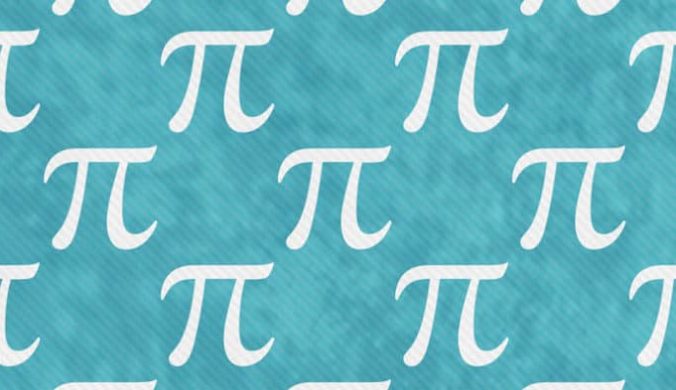11 Surprising St. Patrick’s Day Facts

It’s St. Patrick’s Day. You’re sporting green from head to toe. After work or school, you’re hitting the bar and indulging in green beer and corned beef and cabbage. All things considered, you’re ready for St. Patrick’s Day, right? Wrong! You can’t celebrate without the facts.
We’ve got all the information you need to take you from what you think you know to what you really know about this favorite of American pseudo-holidays. We’ll assemble the facts while you dye your hair green.
St. Patrick’s Day Facts

Green was not in St. Patrick’s color palette
Although the world over views green as the official color of St. Patrick’s Day, it wasn’t associated with him during his lifetime. St. Patrick was known to wear a pale shade of blue, but in the 18th century an Irish freedom movement linked St. Patrick’s Day with the color green as a symbol of their cause.
St. Patrick was kidnapped and enslaved as a teen
Born to privilege in Roman-occupied Britain in the 4th century, 16-year-old Maewyn Succat was kidnapped by pirates and sent to live in Ireland as a slave for six years.
Take the day off and get paid for it on St. Patrick’s Day in Ireland
Americans love St. Patrick’s Day, but you still have to go to work to earn your daily bread. Not so in Ireland, where St. Patrick’s Day is an actual paid holiday.
Lady Leprechauns don’t exist — yet
Those merry little mischief makers called leprechauns are a staple of Irish folklore, but there are only male leprechauns — no female leprechauns allowed.
Saint Patrick was never formally declared a saint
As the equivalent in early Ireland as “the hardest working man in show business,” Saint Patrick, a bishop, single-handedly converted the entire country to Christianity. Since the process for creating saints didn’t exist in the church’s first millennium, Patrick was honored as a saint in the same way you would pay tribute to someone for being a very good person.
You have to be known for something, right?
Ireland’s shortest Saint Patrick’s Day parade honor goes to the village of Dripsey, with a parade route that spanned only 26 yards between, what else, two pubs.
Speaking of drinking on St. Patrick’s Day…
From 1903 to 1969, pubs were closed on March 17 for what was considered a religious holiday. But that changed in 1970 when the day became a national holiday, giving the Irish a chance to belly up to the bar for a St. Patrick’s Day toast.
Guess what the symbol of Ireland is – and it’s not the shamrock
On St. Patrick’s Day, people the world over celebrate all things Irish including the three-leafed shamrock. But the actual symbol of Ireland, the harp, has turned up on headstones and in Irish legends since medieval times.
St. Patrick didn’t rid Ireland of snakes since there weren’t any in the first place
One of the biggest legends of Ireland and St. Patrick’s Day is that he commanded all the snakes into the sea leaving the island snake-free. This may disappoint, but that legend’s impossible because, as warm-blooded creatures, snakes have never thrived in Ireland since it’s simply too cold for their survival.
The first American St. Patrick’s Day parade was in Boston.
In 1737, Irish immigrants marched in the first St. Patrick’s Day parade as a way to honor their roots in the old country.
America has more Irish living here than in Ireland
None other than St. Patrick himself would love to know that there are about 34 million Americans who claim Irish roots, including ex-President Barack Obama.


